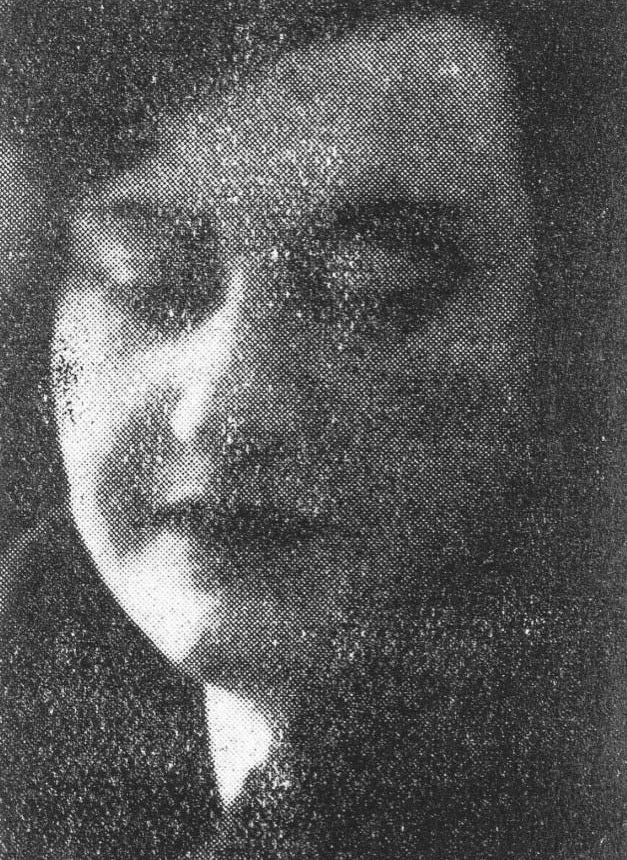Ignacy HIRSZFANG
January 2, 2019Philippe HOSIASSON
January 2, 2019Alice HOHERMANN
WARSAW 1902 – DEPORTED TO AUSCHWITZ 1943
Alice Hohermann grew up in Warsaw in a family of industrialists and received a secular education. Following high school, she studied at the School of Fine Arts in Warsaw and got married at the age of nineteen. Asserting her independence, she soon separated from her husband and moved to France. Alice Hohermann arrived in Paris in 1921. She completed formal artistic training and often sent money back to her family in Poland. In 1939, she planned to leave France for Brazil. However, shortly before she was about to leave, her visa was refused. She pretended to be the fiancée of a Spanish man and was able to obtain a Mexican visa. The French police arrested her aboard the boat taking her to Mexico. She managed to escape. In 1943, she stayed in Marseille waiting for false documents to go over the Spanish border. The French police arrested her as she was waiting for a smuggler at the Spanish border. She was imprisoned in a jail in Toulouse. Six weeks later, she was interned in Drancy and was later deported on convoy number 57. She was murdered in Auschwitz. The writer Henry Le Blanc took an interest in her painting and wrote several critical texts on her work.
Stories of Jewish Artists of the School of Paris 1905-1939
FRENCH-ENGLISH
Capitale des arts, le Paris des années 1905-1939 attire les artistes du monde entier. De cette période de foisonnement, un terme est resté, celui d'Ecole de Paris, qui recouvre une grande diversité d'expression artistique. Dans ce brassage dont Montparnasse est le creuset, un groupe se distingue : celui des artistes juifs venus de Russie, de Pologne et d'Europe centrale. Si leurs styles sont variés, un destin commun les rassemble : ils fuient l'antisémitisme de leur pays d'origine. Certains ont connu la célébrité dès les années 1920, tels Soutine, Lipchitz ou Chagall. D'autres n'ont pas eu le temps ou la chance d'y accéder. Près de la moitié a péri dans les camps de concentration nazis.
From 1905 to 1939, Paris attracted artists from all over the globe as the capital of the art world. This period of artistic proliferation became known as the School of Paris, and includes a great diversity of artistic expression. Within the teeming art world centred on Montparnasse, one group set itself apart: Jewish artists from Russia, Poland, and Central Europe. Although their styles were diverse, they shared the common fate of fleeing anti-Semitic persecutions in their home countries. Some became famous in the 1920s, such as Soutine, Lipchitz, and Chagall, while others did not have the time or the luck to gain renown. Nearly half of these artists died in Nazi concentration camps.






